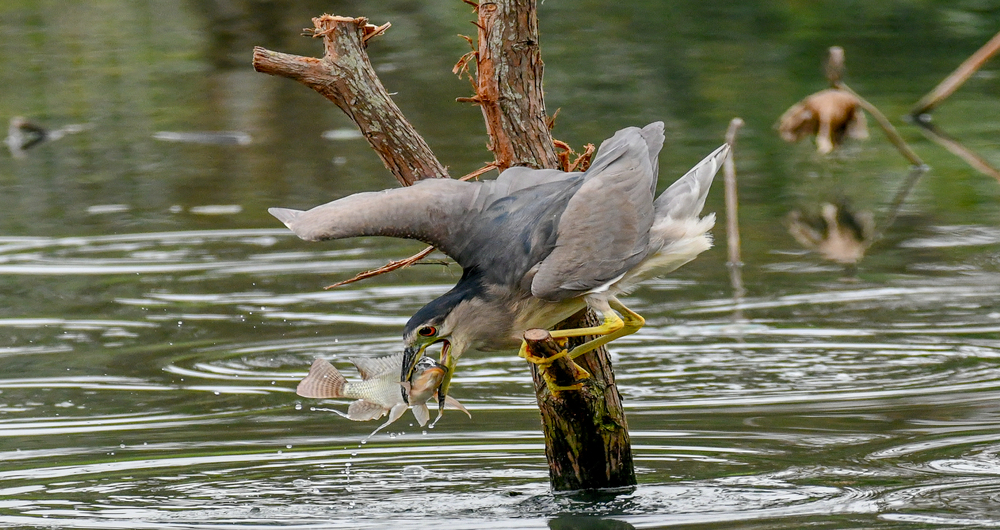
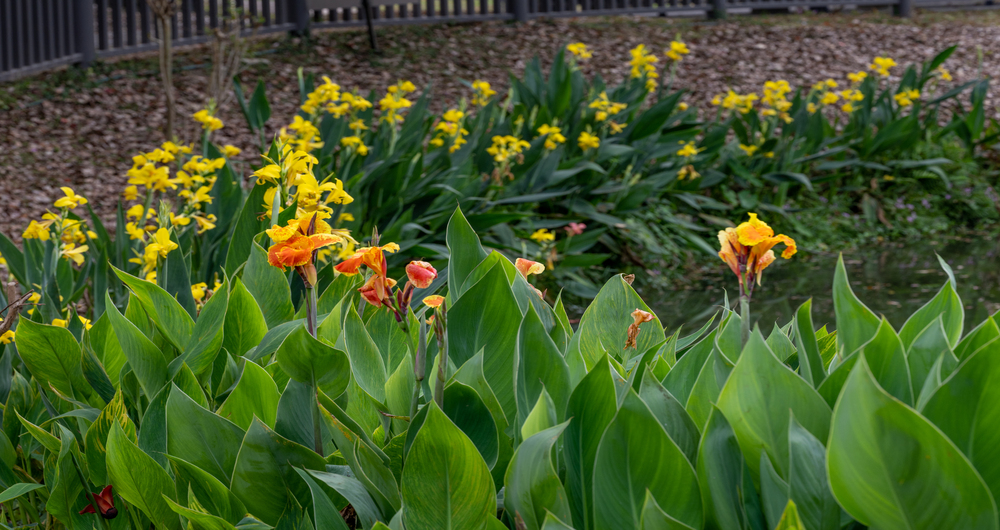

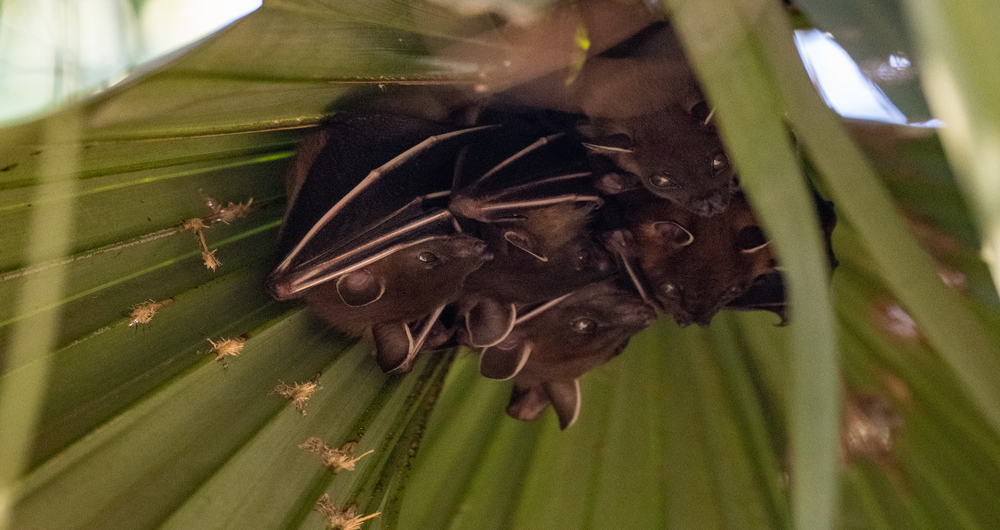
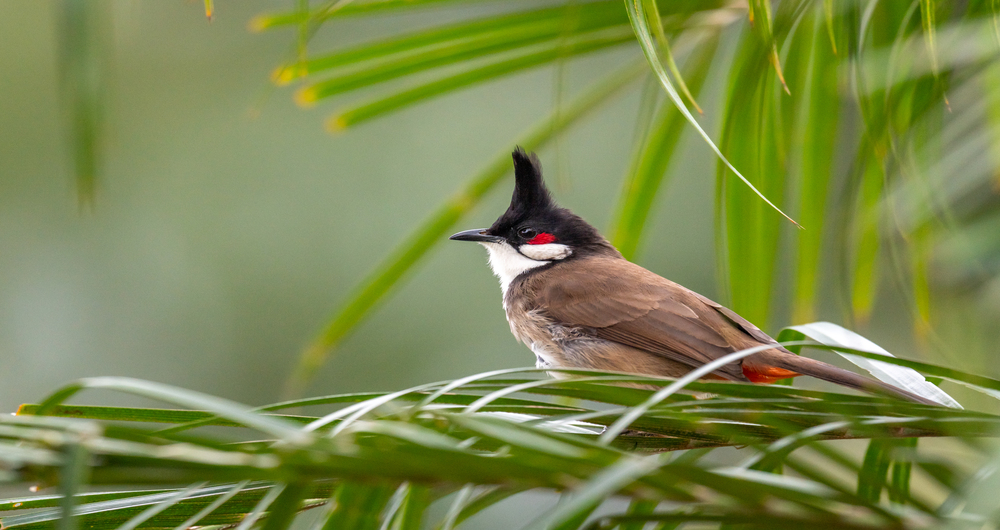
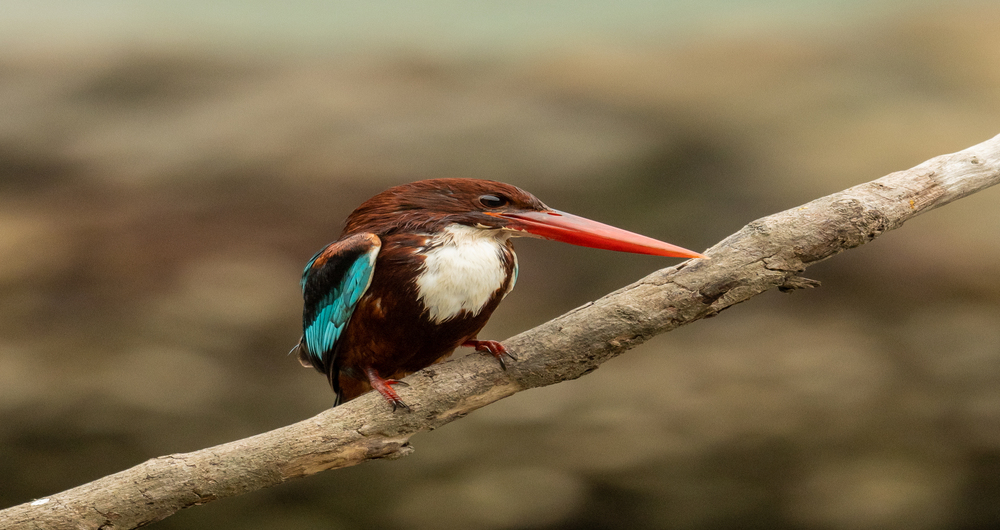
Lotus Pond
The lotus pond is a unique balanced bio-diverse environment in itself. Looking into the water, looking on the water and looking above the water you can begin to understand and unlock the secrets of what you can find. Swimming around in the water you can spot species of Tilapia, Catfish, Red-eared Sliders and maybe catch a glimpse of the resident Soft-shelled turtle. The water is not that deep, but does contain a nutrient rich supply of soil that gets carried through the water system from the nearby mountains, streams and flood water. A number of fish eggs also manage to find their way into the pond from nearby streams, providing new life into this aquatic haven.
Flying around the pond you can spot many species of dragonfly and damselfly, and they will often take a rest on the wooden posts and vegetation around the perimeter of the pond, and even on the handrails. Also flying around the pond are a number of flying insects including mosquitoes, but don’t worry as we have an excellent natural pest control system in place. At dusk you can see many Pipistrelle Bats and the larger sized Fruit Bats flying across the water and catching mosquitoes. Did you know that one bat can eat as many as 6000-7000 mosquitoes each night! And each dragonfly you can see can eat up to 100 mosquitoes per day too! That’s a lot of bug munching!
The pond has lot of birds visiting through the seasons too. We have two species of Kingfisher that like to perch on the wooden posts in the water and they often dive into the water to catch small fish. We have Pond Herons, Egrets that like to hunt early morning, and even Black-crowned Night Herons that hunt overnight and can be seen perching on the posts throughout the pond. Keep your ears open and eyes peeled for the White-breasted Waterhen as we have a few families living and nesting in the reeds around the pond.
Members often ask when is the best time to visit the pond for bird watching. The best time is at dawn after sunrise when the birds are waking up and looking for their breakfast, so if you can visit from 7am onwards there is a strong chance to see and hear the morning bird activity. The late afternoon and dusk is another good time to visit as the birds will have their last feeding before going to their evening roost. Look up into the tall Chinese swamp cypress and bald cypress fir trees and you may find some larger herons and egrets resting patiently, or catch a glimpse of a White-throated Kingfisher as it shoots across the pond.
As the sun goes down the lighting system will activate and the bats put on their show for you as they shoot across the pond catching their favourite food, the mosquito. They are living under the large fan palms and inside the roofs of the four pavilions in the garden so keep a close watch for them coming out to hunt.
Click here to view the Fauna & Flora spotting guide


